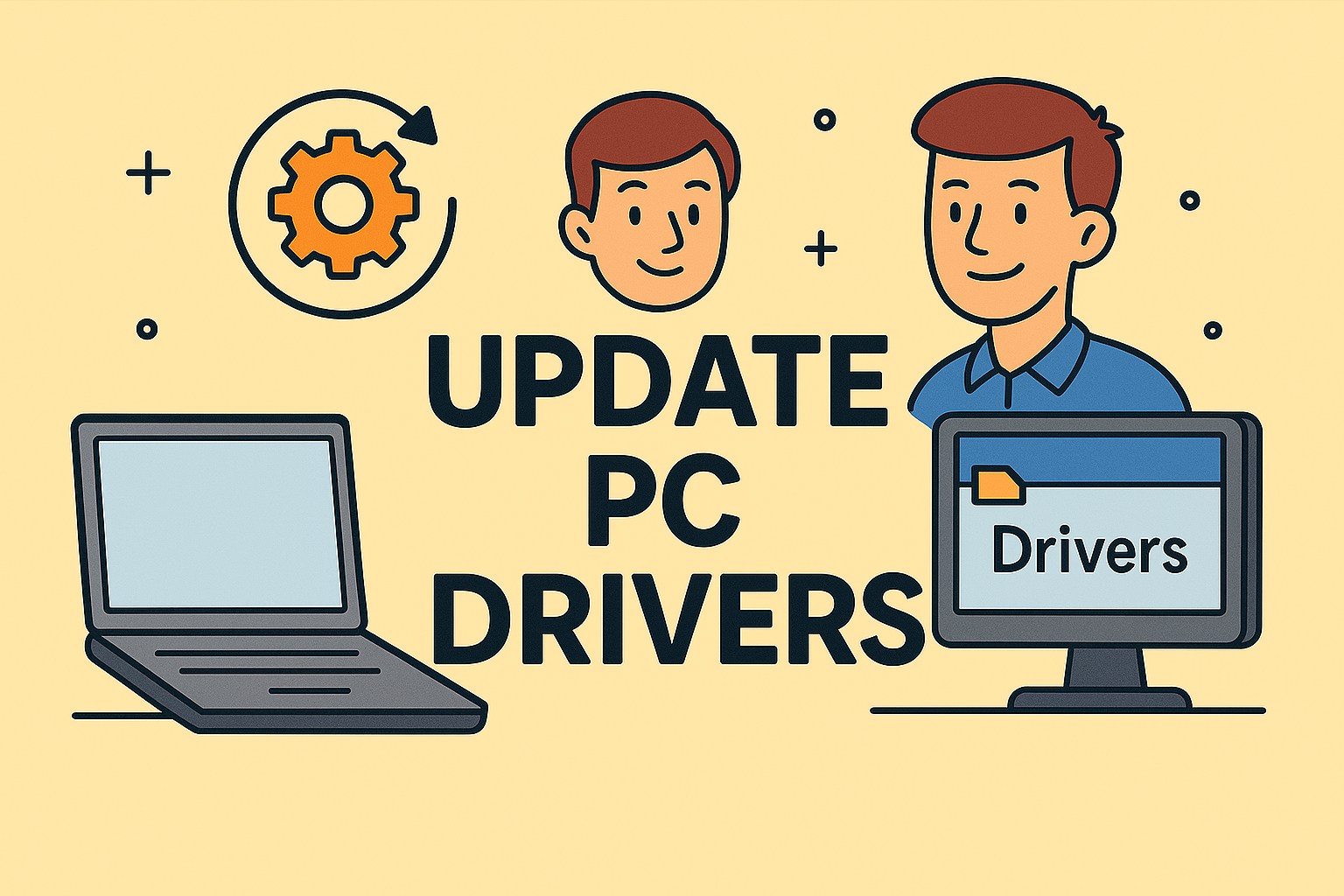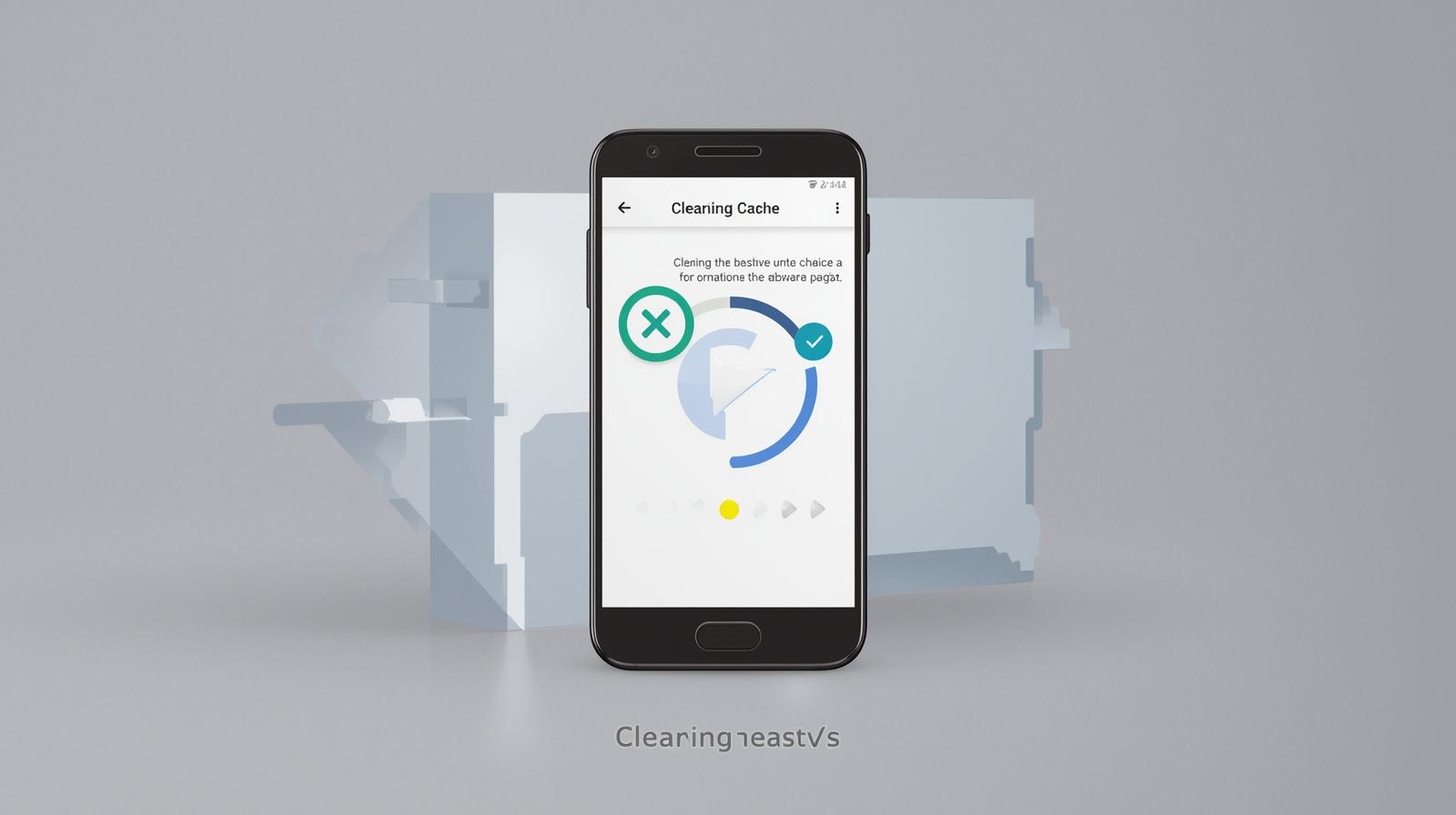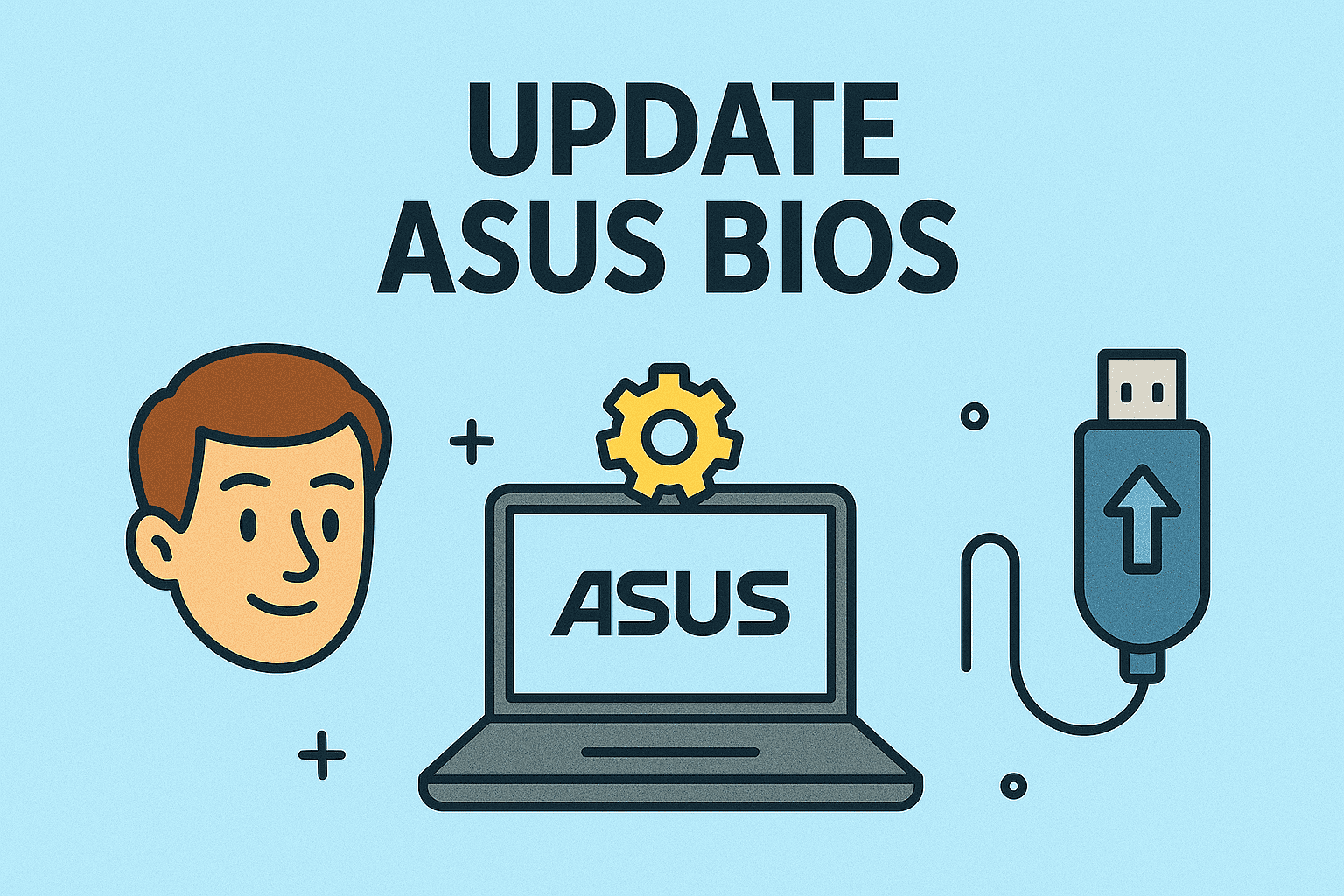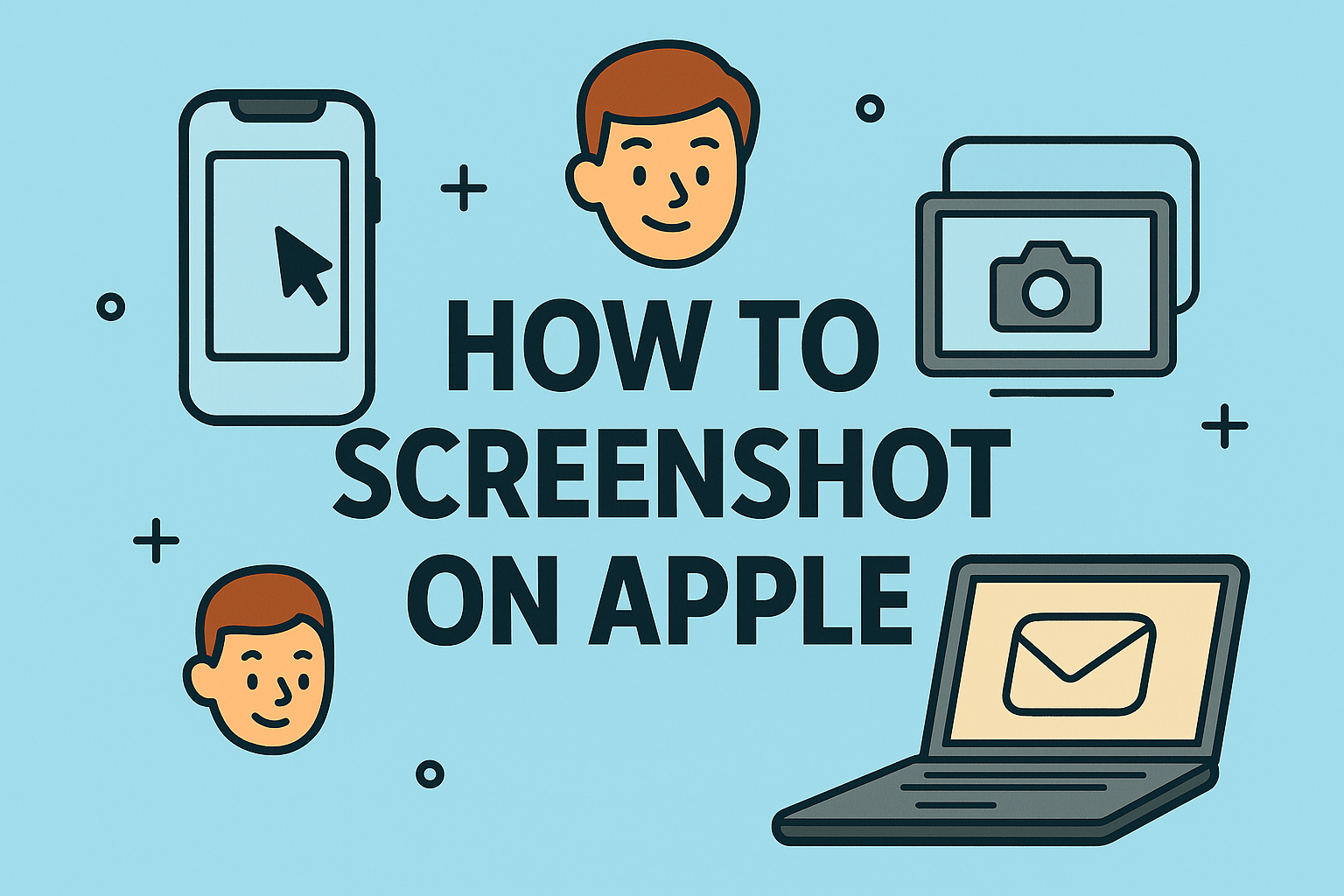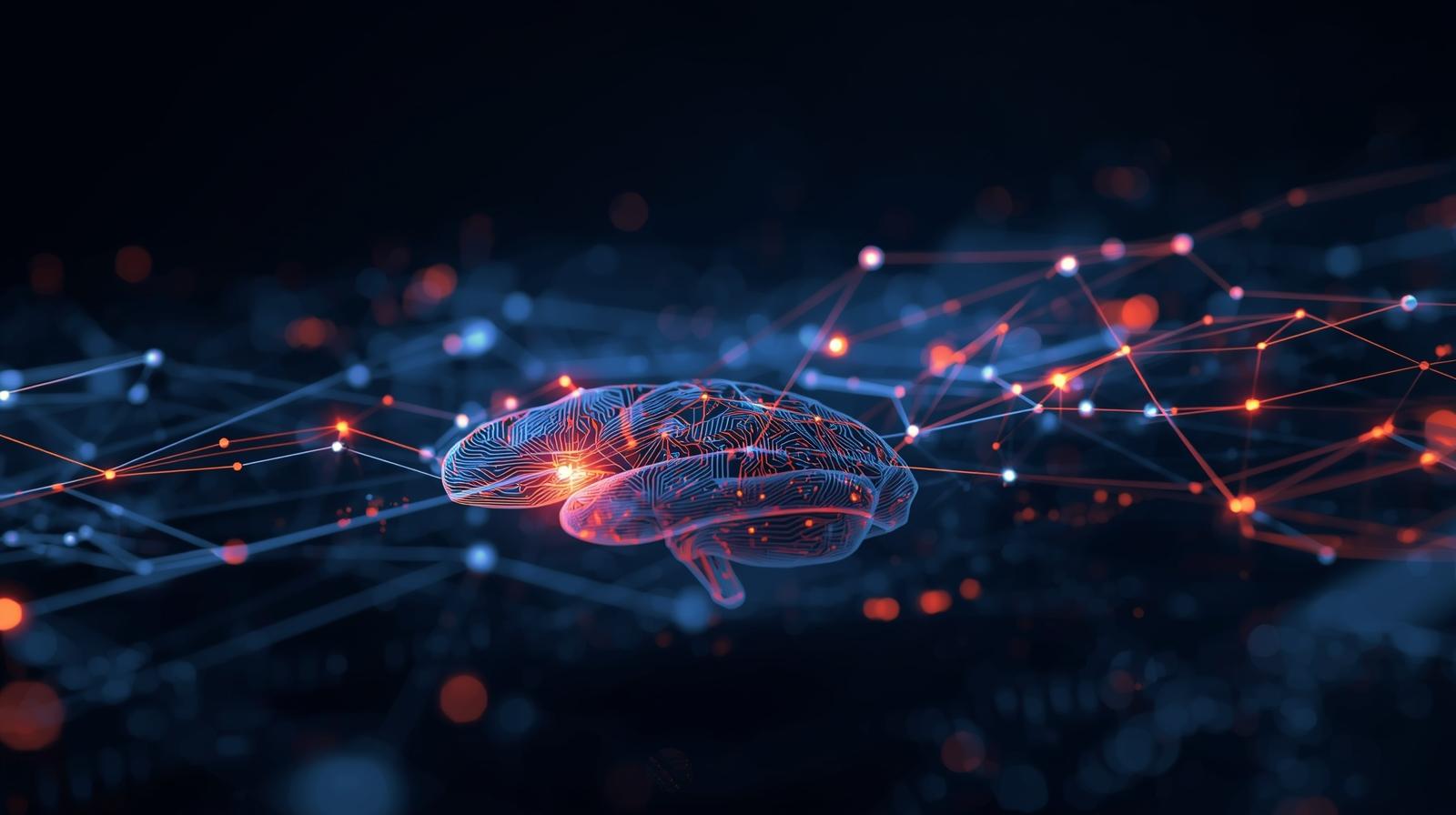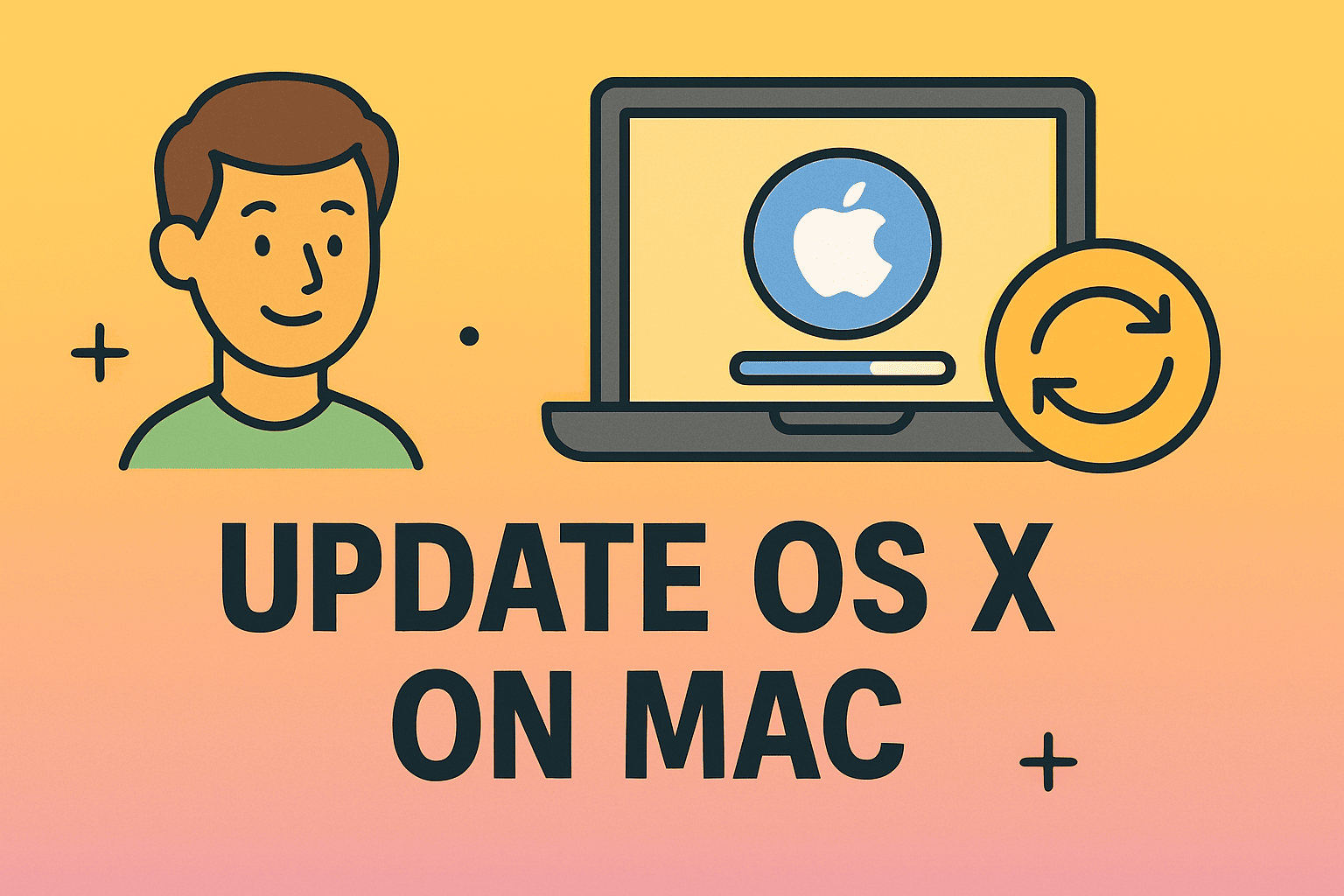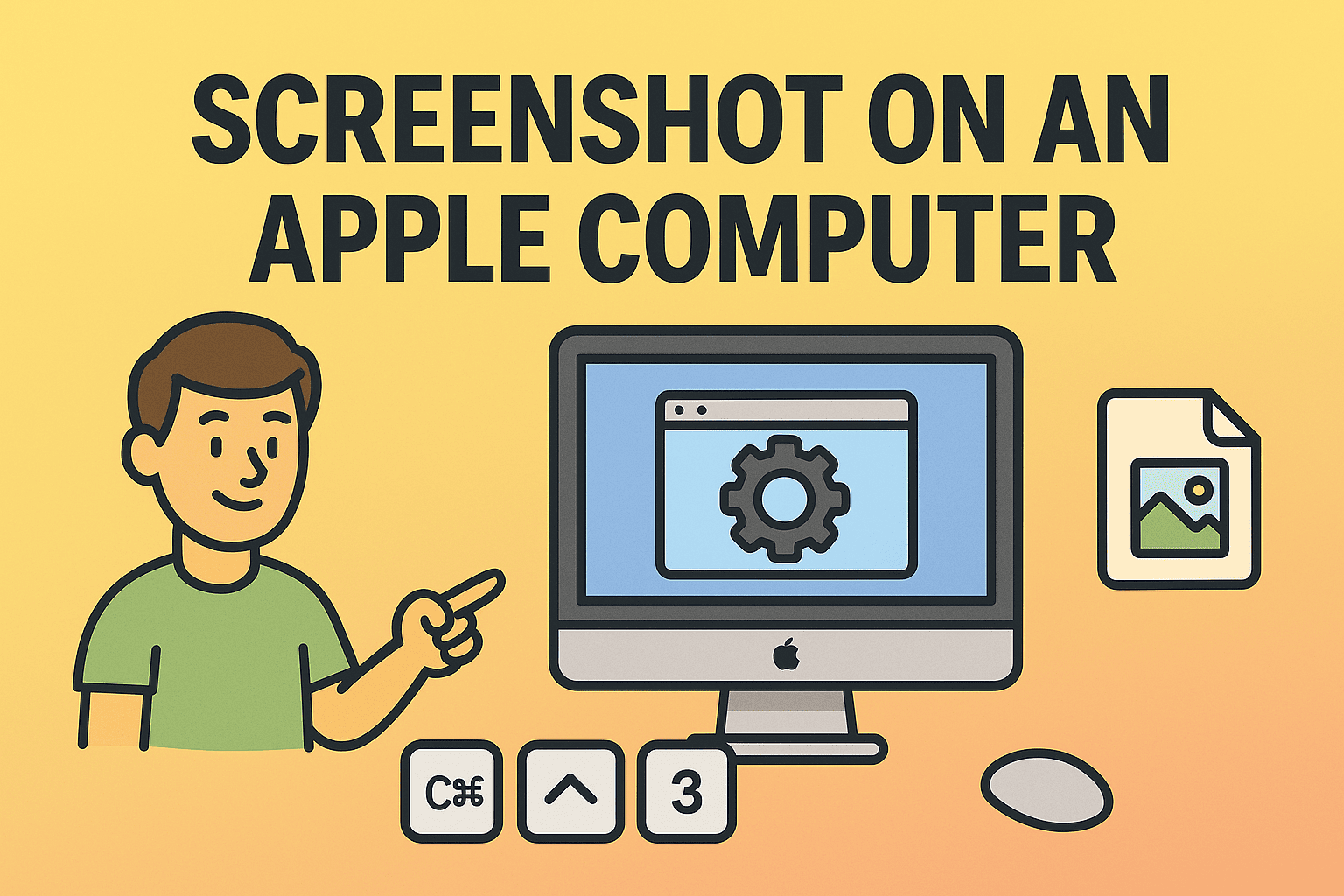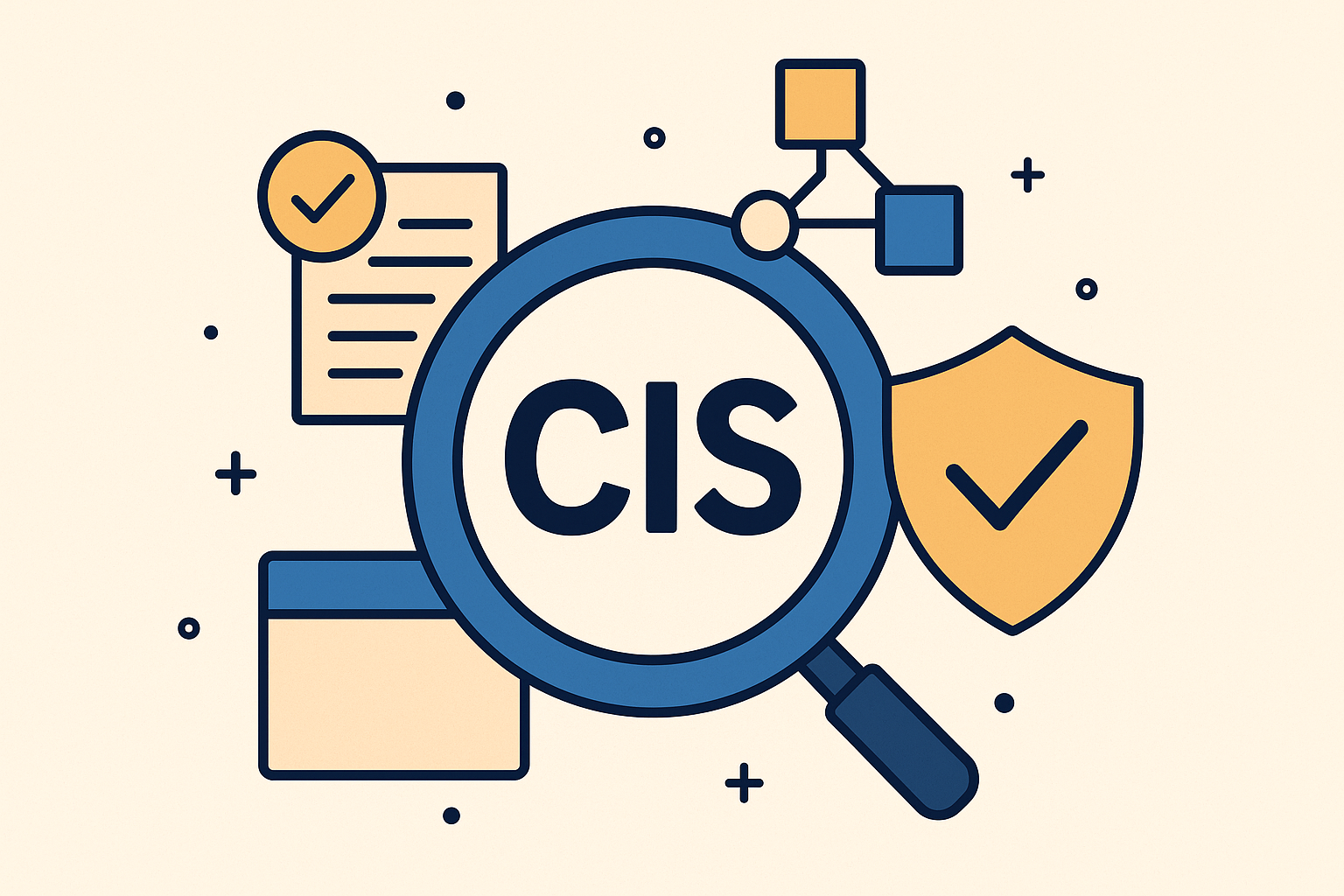Your Guide to Understanding and Protecting Personal Data
Updated on June 19, 2025, by ITarian
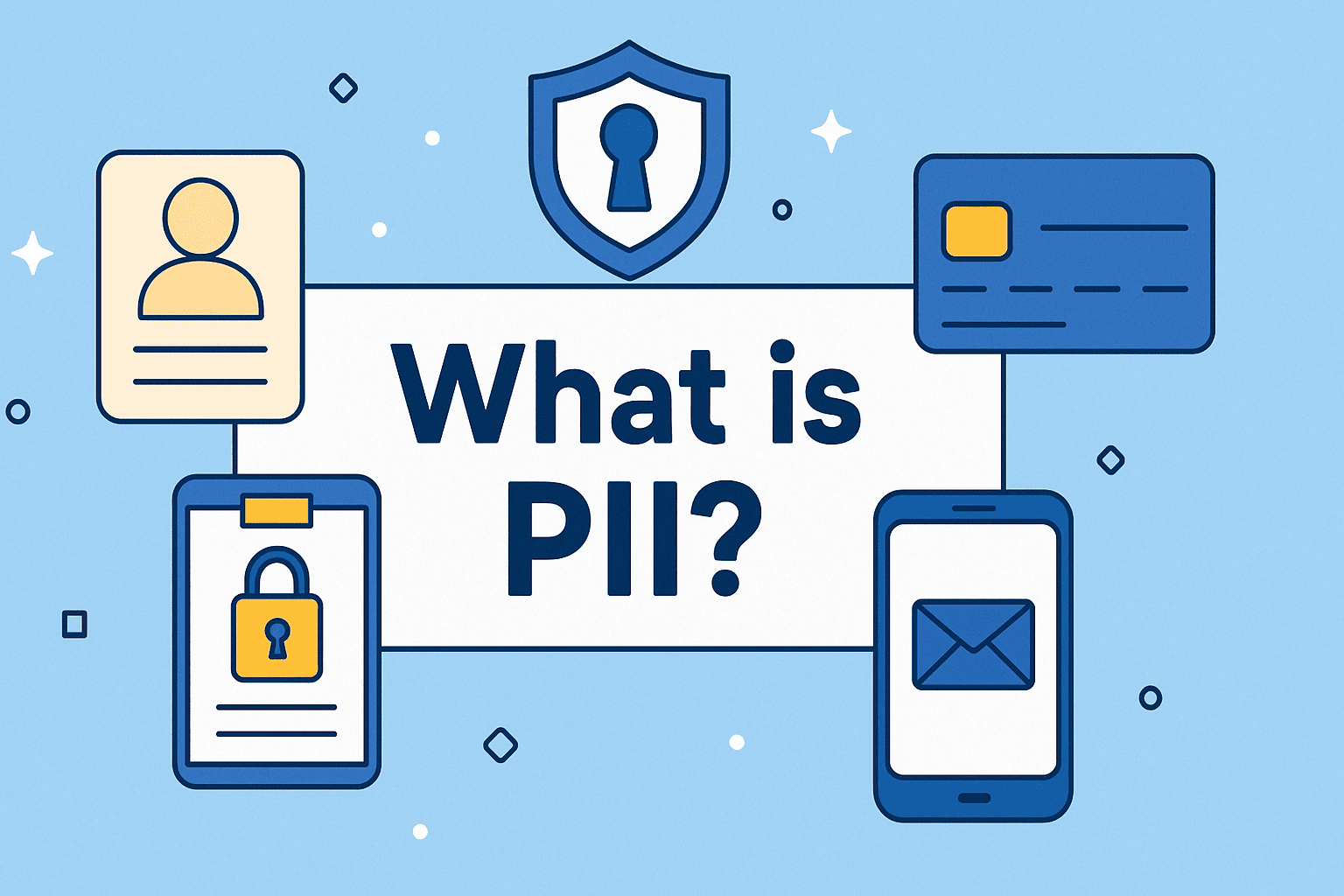
Ever received a suspicious email asking for your social security number or bank details? If so, you’ve encountered a threat to your PII. But what is PII, exactly? For IT managers, cybersecurity experts, and business leaders, understanding PII is vital in protecting your organization from costly breaches and compliance violations.
Personally Identifiable Information (PII) refers to any data that can be used to identify an individual. This includes everything from names and email addresses to biometric records and IP addresses. In today’s digital-first world, protecting PII is essential to maintaining trust and meeting global compliance regulations.
Why PII Matters to Your Business
In 2024, data breaches have exposed over 15 billion PII records worldwide. With fines from GDPR and CCPA reaching millions of dollars, the cost of mishandling sensitive information is too high to ignore.
Here’s why PII protection is critical:
- Maintains customer trust
- Prevents identity theft and fraud
- Ensures compliance with data privacy laws
- Protects brand reputation
Types of PII
Understanding what qualifies as PII is the first step to securing it. PII falls into two main categories:
1. Direct Identifiers
These can uniquely identify a person on their own:
- Full name
- Social security number
- Passport number
- Email address
- Phone number
2. Indirect Identifiers
These can identify a person when combined with other data:
- Date of birth
- ZIP code
- IP address
- Gender
- Job title
Secondary Keywords in Action
Data Privacy
Data privacy refers to how personal data is collected, stored, and shared. Organizations must be transparent about their practices and give users control over their information. Data privacy policies should include:
- Clear data usage statements
- Opt-in/opt-out controls
- Breach notification protocols
Sensitive Information
All PII is sensitive information, but not all sensitive data is PII. Examples of non-PII sensitive information include:
- Trade secrets
- Internal business strategies
- Legal documents
Still, both types require stringent data protection strategies.
Data Protection Strategies
To safeguard PII, companies should implement robust data protection frameworks, including:
- Encryption: Scrambles data to protect it in storage or transit.
- Access controls: Limits who can view or modify data.
- Multi-factor authentication (MFA): Adds a security layer beyond passwords.
- Data masking: Hides specific PII within a dataset.
Compliance Regulations Around PII
Businesses operating globally must comply with regional data privacy regulations. Key laws include:
• GDPR (General Data Protection Regulation) – Europe
Grants individuals control over their personal data. Heavy penalties for non-compliance.
• CCPA (California Consumer Privacy Act) – USA
Gives California residents rights to access and delete their personal information.
• HIPAA (Health Insurance Portability and Accountability Act) – USA
Applies to healthcare providers and safeguards patient data.
Real-World Implications of PII Breaches
A breach involving PII can devastate a business. Consider these scenarios:
- Equifax (2017): Exposed 147 million SSNs, resulting in a $700M settlement.
- Facebook (2019): Stored hundreds of millions of user passwords in plaintext.
- Marriott (2020): Compromised data of over 5.2 million guests.
Consequences include lawsuits, regulatory fines, customer churn, and media backlash.
How to Protect PII in Your Organization
1. Conduct Data Mapping
Identify where PII resides across systems and workflows.
2. Classify and Label Data
Use tags to differentiate between public, internal, confidential, and restricted data.
3. Restrict Access
Follow the principle of least privilege (PoLP) to minimize exposure.
4. Monitor and Audit
Implement logging tools and regular audits to track access and detect anomalies.
5. Train Employees
Teach staff about phishing attacks, social engineering, and secure data practices.
Use Cases by Industry
• Healthcare: Protects patient medical records under HIPAA.
• Finance: Safeguards customer account details and credit reports.
• Retail: Defends shopper PII like billing addresses and payment data.
• Education: Shields student records and academic history.
• Legal: Secures client case data and communications.
Final Thoughts
So, what is PII? It’s the cornerstone of data privacy in the modern age. From protecting your employees’ records to securing your customers’ trust, managing PII correctly defines your reputation and resilience.
In a landscape where data is currency, don’t leave your organization vulnerable. Embrace smart policies, stay compliant, and build a culture of security.
Secure your data today — start your free trial now.
FAQ: What Is PII?
1. What does PII stand for?
PII stands for Personally Identifiable Information — data that can be used to identify a person.
2. What is considered sensitive PII?
Sensitive PII includes Social Security numbers, biometric data, financial records, and medical histories.
3. How can businesses protect PII?
By encrypting data, restricting access, training staff, and complying with regulations.
4. What laws regulate the use of PII?
Common laws include GDPR, CCPA, and HIPAA, depending on your industry and region.
5. What is the difference between PII and personal data?
Personal data is a broader term often used in GDPR, while PII is common in U.S. regulatory frameworks.

